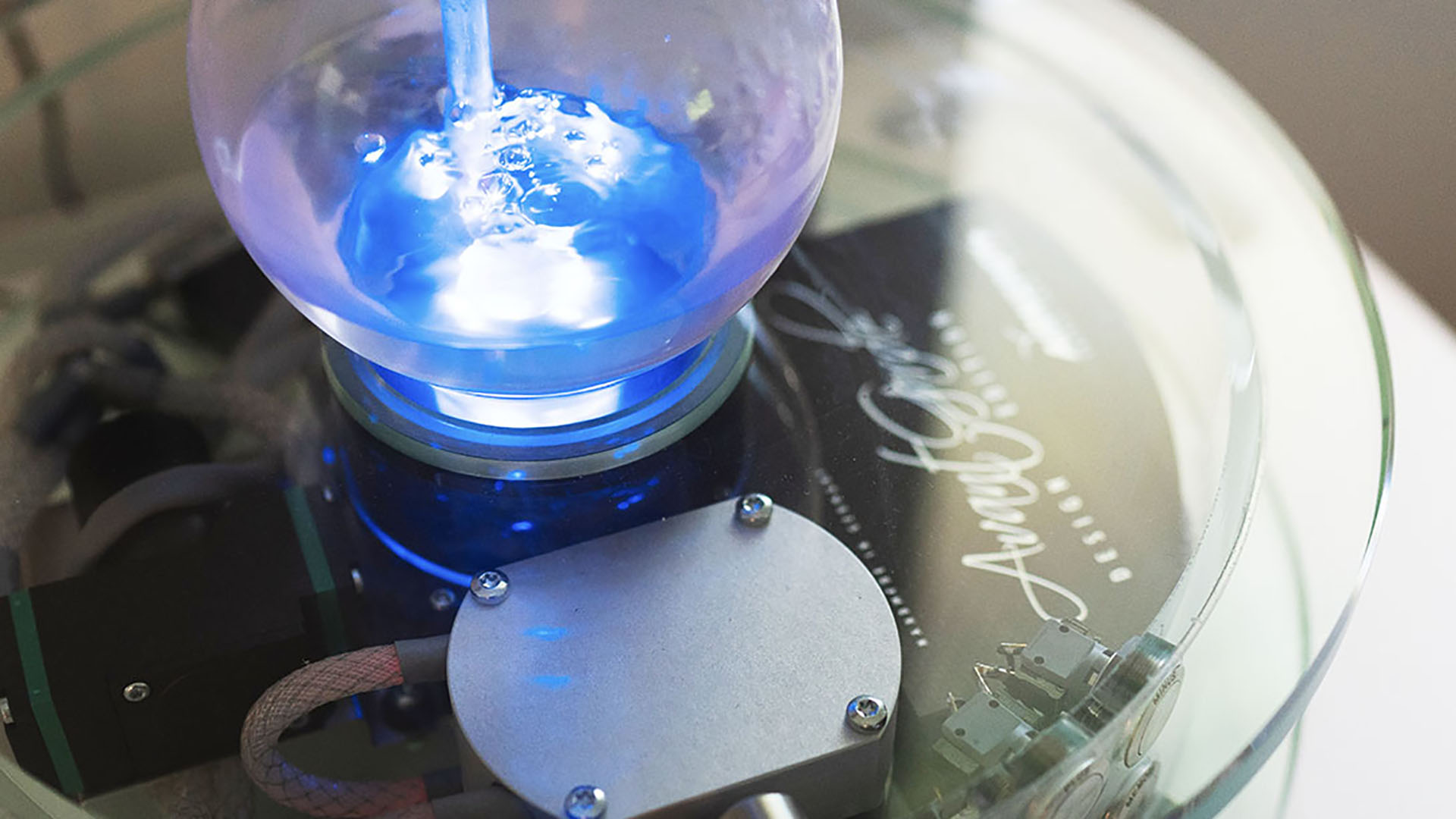Oxidative Therapies
Therapies that stimulate the body’s oxidative capacities, which are required for energy, metabolism, detoxification, and immune function.

Therapies that stimulate the body’s oxidative capacities, which are required for energy, metabolism, detoxification, and immune function.
Oxidative therapies are those that stimulate the body’s oxidative capacities, which are required for energy, metabolism, detoxification, and immune function. These include ozone therapy, ultraviolet blood irradiation therapy, hydrogen peroxide therapy, spirovital therapy, and more.
What’s the big deal about oxidative therapies? Let’s start with oxygen. Oxygen is essential to all life on earth. The human body contains more oxygen by mass than any other element. Oxygen is involved in all body functions, and the average person requires about one cup of oxygen per minute while resting and up to eight quarts during strenuous activity. Without oxygen, cells with low levels die and become vulnerable to pathogens that thrive in an oxygen-deficient environment. Deprivation of oxygen to the body encourages anaerobic microbes to proliferate. Overgrowth of harmful microbes will lead to the breakdown of important enzymatic reactions, an overload of metabolic wastes and ultimately cell death. One cannot understate the importance of oxygen and health.
Taking that a step further, we know that inert oxygen cannot be used by the body and must be activated by the body itself through oxidation. Oxidation is critically important for the production of energy, namely ATP. Oxidation is also the first line of defense against pathogens in the body. Oxidative therapies are those that aim to produce oxidation and reduction reactions, help produce ATP, ward off pathogens, and optimize metabolic processes.
Oxidative therapies are used to aid in a variety of chronic diseases including diabetes, depression, lupus, fibromyalgia, macular degeneration, cardiovascular disease, autoimmune diseases, and many more.
Clinical experience has shown that oxidative therapies may be used for a number of conditions and issues and that the benefits include:
Oxidative therapies are a unique form of therapy that both heal and detoxify simultaneously. We know that viruses cannot function well in a high oxygen environment, and that activated oxygen, as found in peroxide and ozone, for example, are powerful antioxidants. The use of hydrogen peroxide and ozone in medicine is based on the belief that the accumulation of toxins in the body is normally burnt up by the process of oxidation, the process where a substance is changed chemically because of the effect of oxygen on it. Oxidation breaks the toxins down into carbon dioxide and water and eliminates them from the body. However, if the oxygen system of the body is weak or deficient, our bodies cannot eliminate toxins adequately which often leads to disease.
To better explain the great benefit of oxidative therapies, we need to understand the importance of oxidation. At the most basic level, all energy transfer in biological systems occurs through what chemists call redox reactions (reduction-oxidation reactions). These reactions involve the transfer of electrons, which is the basic, fundamental form that energy takes. Breathing is an oxidative process, as is converting sugar to energy in the body. The body also uses oxidation as the first line of defense against bacteria, parasites, viruses, and other pathogens.
The introduction of small amounts of medical ozone or hydrogen peroxide into the body accelerates oxygen metabolism and stimulates the release of oxygen atoms from the bloodstream to the body’s cells, and essentially work in two ways. As oxidizers, they stimulate certain redox reactions within the body. As oxygenators, they deliver oxygen to the body at the cellular level. Oxidation not only provides the energy necessary to power all cellular functions, but it is also the ‘weapon” the immune system uses to destroy bacteria, fungi, and viruses as well as neutralize toxic substances so that they can be packaged and prepared for elimination.
Although ozone and hydrogen peroxide are considered toxic in their purified state, they have been found to be safe and effective when diluted to therapeutic levels for medical use. While oxidative therapies are not considered a part of mainstream medicine, they have been used clinically by European physicians for over a century. However, since the early 1920s, there has been much research on the biological effects of ozone and hydrogen peroxide (including major research centers such as Harvard University and Yale University).
Some common oxidative therapies are:
Oxidative therapies work by stimulating the immune system, enhancing mitochondrial processes and facilitating healing with virtually no side effects.
Please see individual oxidative therapies (above) for science and safety on each.
At the New York Center of Innovative Medicine, we employ a number of oxidative therapies. However, the use of any therapy is only performed on patients after an in-depth initial evaluation reveals it would be necessary for your personalized program of treatment. Because each person is unique, and their health needs are different, there is no set protocol for using oxidative therapies nor is the patient able to request the use of any therapy if the medical team finds it would not be as helpful as another treatment or specific combination of therapies. The ultimate goal is the complete restoration of health in the most efficient and safe manner, and with so many therapeutic options, it is impossible to know if an oxidative therapy is right for you without an initial evaluation at our clinic.
Contact NYCIM and Book Your Appointment Today
or
» Take Our Questionnaire to See if You’re a Good Candidate
or
» See Additional NYCIM Services & Therapies
Innovative Medicine is about restoring your body and mind’s power to heal itself. Learn how to tap into your unique healing potential by signing up for our newsletter.

 Organotherapy (mRNA Therapy)
Organotherapy (mRNA Therapy)
Trackbacks & Pingbacks
[…] the New York Center of Innovative Medicine, hydrogen peroxide therapy is one of many different oxidative therapies considered for each patient. However, the use of this therapy is only performed on patients after […]
Leave a Reply
Want to join the discussion?Feel free to contribute!